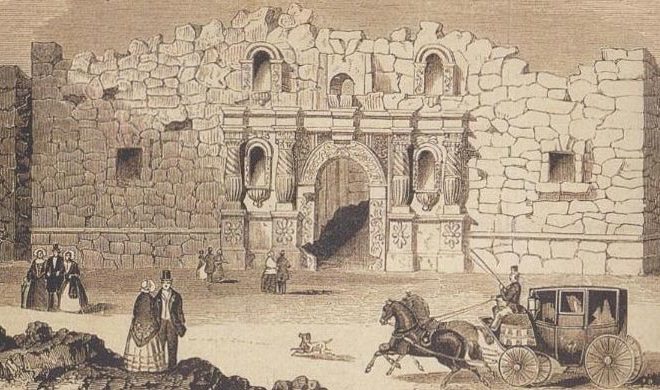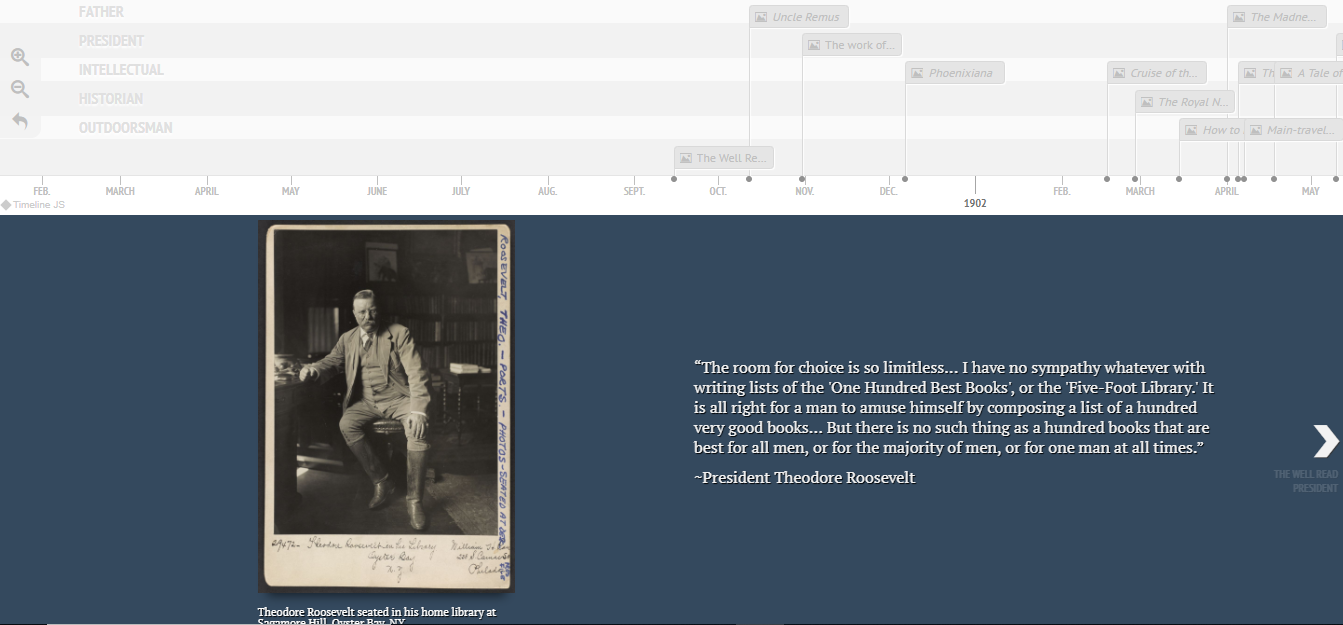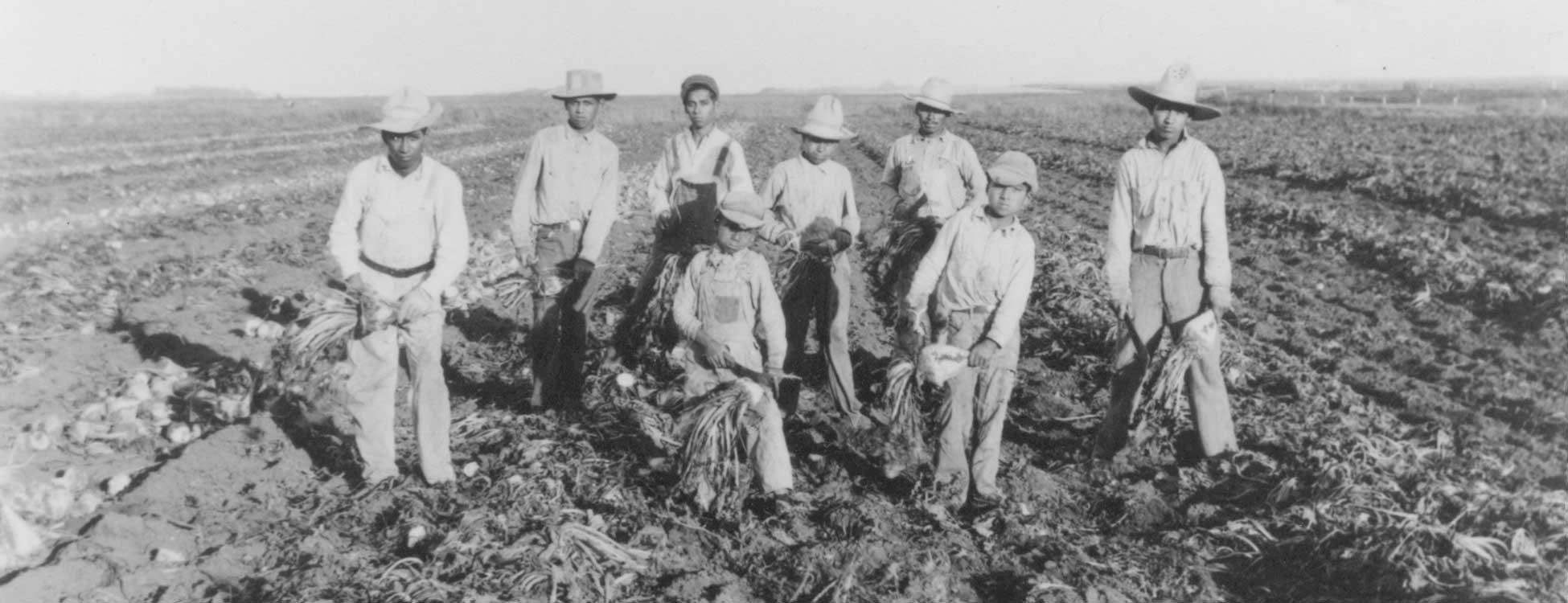StoryMaps is a digital tool that provides the resources to create a narrative using customizable digital maps. StoryMaps is part of the ArcGIS platform, a digital tool that is quickly growing in popularity, largely due to its unique format and great amount of customization options. The best way to evaluate the effectiveness of StoryMaps is to go through the process of creating one of these map-based narratives.
StoryMaps is solely reliant on the ability of its audience to see detailed maps clearly, as that is the primary benefit derived by using the ArcGIS platform. ArcGIS powered mapping tools form the basis of StoryMaps, and their quality is exceptional. There are a wide variety of maps available for use. Some maps highlight the actual street conditions on the ground. Others focus on specific geographical features such as mountains and rivers. There are even highly detailed maps taken from the United States Geographical Survey. These are the only maps that require knowledge of sophisticated cartographic elements. Aside from an ability to understand some of the more complex and obscure maps, the rest of the website’s features are all quite intuitive and require minimal technical ability. However, the ArcGIS platform is exclusively meant for sighted users. The only accommodations made for non-sighted users are the availability of alternate text sections that can provide an audio-based description of photographs and other forms of embedded media content.
StoryMaps is ideal for telling stories that take place across great distances, but can be useful for both regional and local stories as well. The diverse collection of maps and ability to display maps from a global to street level perspective is invaluable contextual information. There are numerous customization options available to lend even more information to the default maps. These options allow users to indicate the movement of people across time and space, highlight areas of interest and label locations with other valuable information.
Other than the maps, there is a significant amount of space on any individual StoryMap dedicated to text. This section includes all the most common and useful content additions and rich text editors that are available. Users can embed links to different types of media content, which when clicked will appear within the StoryMap itself in an area known as the ‘main stage.’ Other methods of embedding content are available when first organizing the StoryMap. Overall, the amount of media one can effectively package within an individual StoryMap is staggering.
There really is no limitation on who can and who should use StoryMaps, but those who would derive the most benefit from the platform would likely be those involved in the humanities, such as historians, political scientists, sociologist and any kind of cultural studies enthusiast. While not overly complicated, the use of the ArcGIS platform encourages extreme attention to detail, and therefore a patient and discerning outlook. It also encourages users who have a passion for the content they are providing. This in turn can inspire visitors to undertake similar projects based upon their own interests. StoryMaps is easy to learn and hard to master. At the most basic level, it is a great platform to tell a story through maps and different varieties of media content, and at its most sophisticated level, it can provide a platform for historians to provide deep contextual knowledge of a subject through a combination of academic research, mapping tools and media content.
For more information on StoryMaps, please visit:
https://storymaps.arcgis.com/en/
To see a fully developed StoryMap that I created:
https://arcg.is/1O9KK4




